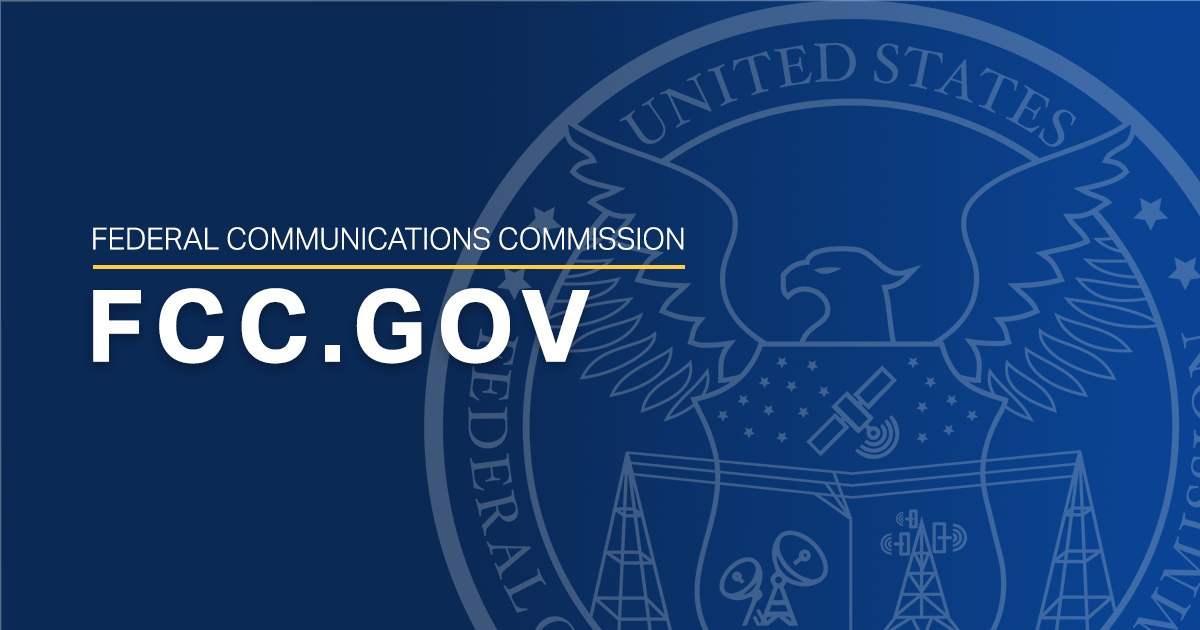That also depends on what you want to call a "conversation".
When your meeting is largely a series of people presenting unequivocal information, then video may not be relevant. In fact, the meeting may not be relevant - having that unequivocal information in an e-mail or other documentation may serve the purpose just as well.
But, when requirements need to be hashed out, issues worked through, priorities haggled over, or you otherwise need to be able to collaborate with the other human being, broadly speaking, video makes the communication more efficient and effective.




